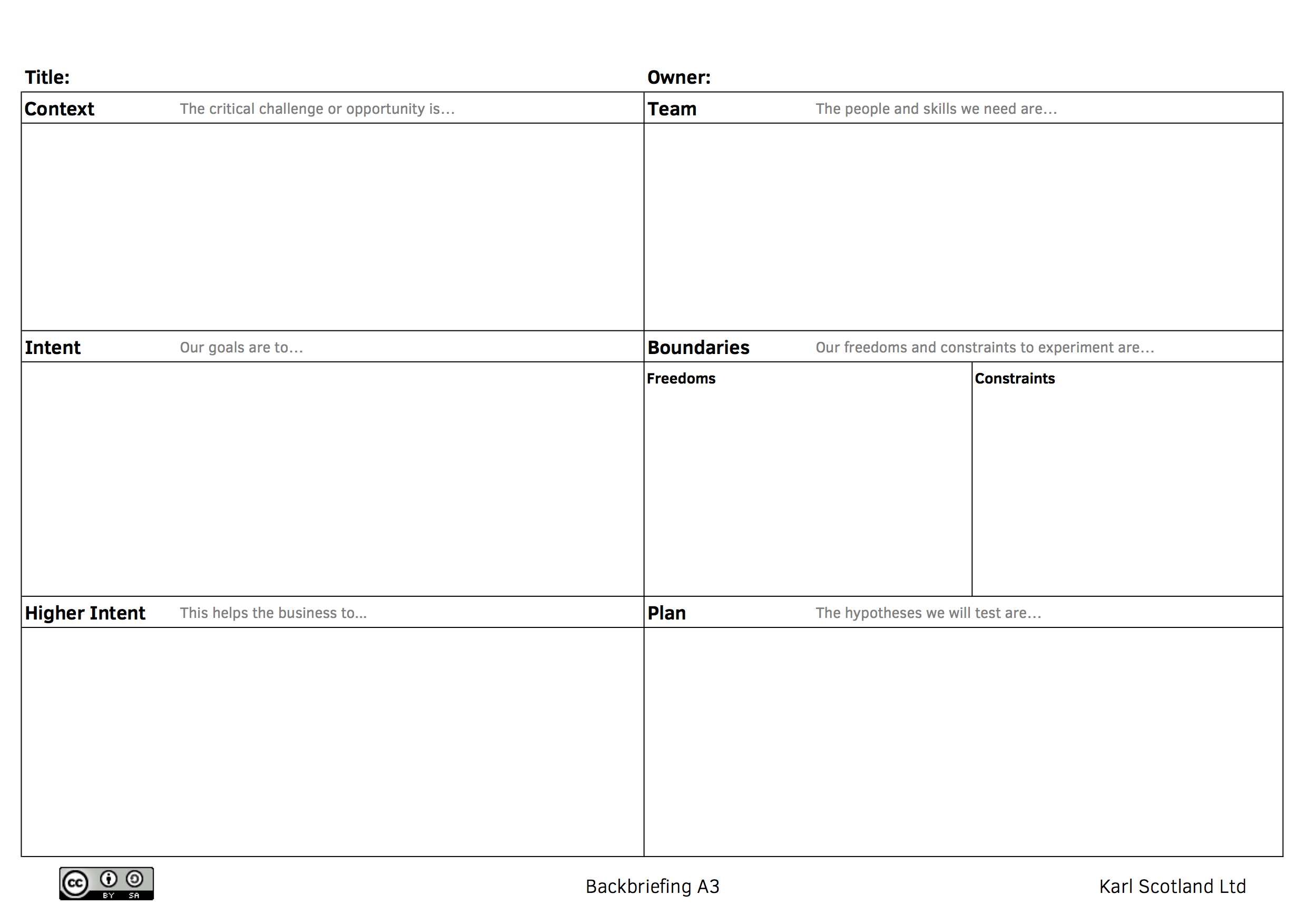What is a True North?
The True North is the first element of my TASTE model and is in the middle of my X-Matrix template. It is the central piece which holds the other elements together. On the X-Matrix I define the True North as: The orientation which informs what we should do. That is a bit abstract and jargony, so lets unpack it a …



